The so-called civil rights era was the period when black Americans sought equal rights under American law in the 1950s and 1960s. Black Americans continued to endure discrimination, brutal oppression, segregation, and lynching during the era known to the world as “Jim Crow” despite the 13th Amendment which abolished slavery.
Many black artists in the civil rights era were inspired by revolutionary times. They used the monumental moment as a backdrop for their work. So the civil rights movement was born. Let’s take a look together at 10 works of art that defined the civil rights era.
Betye Saar, The Liberation of Aunt Jemima, 1972
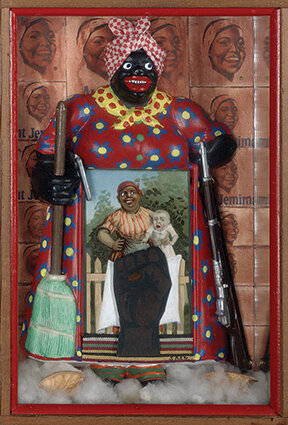
Artist Bethier Saar has gained worldwide fame for her work, which uses recycled objects and creates images that reference Native American and Black cultures. The Liberation of Aunt Jemima is one of the most famous civil rights artworks. Saar mentioned that it was the first politically oriented material she had ever done.
The bright representative of the civil rights movement felt motivated to pursue political art after the assassination of Martin Luther King Jr. in 1968.
Barbara Jones-Hogu, Unite, 1971
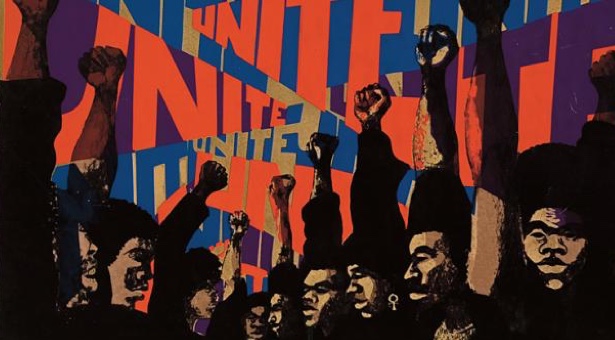
Barbara Jones-Hogu not only created powerful works of art but also co-founded the black artists’ collective AfriCOBRA (African Commune of Bad Artists). The collective regarded the process of creating and disseminating civil rights art as a radical act. These representatives of civil rights movement dealt with Afrocentric aesthetics and ideologies that affected many black Americans during the civil rights era.
A powerful message of black power and empowerment is central to Barbara Jones-Hogu`s civil rights painting.
David Hammons, The Door (Admissions Office), 1969
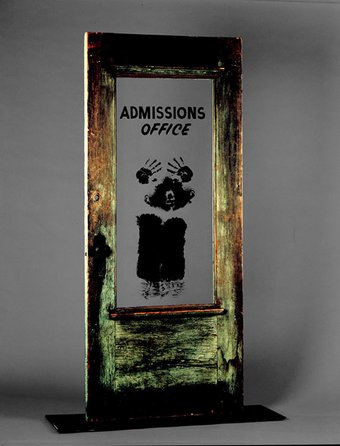
The civil rights artwork by David Hammons deals with the trauma and struggles associated with school desegregation in the civil rights era. The work speaks to the violence faced by black American students who desegregated from white schools across the states.
It has been argued that the process of school desegregation was one of the most far-reaching efforts across the country, drawing a furious backlash from racist white America. Often, white students and adults physically stood in doorframes throughout the school, preventing black students from entering.
This civil rights artwork gives viewers an opportunity to reflect on the trauma and struggles that black students endured at this moment in the civil rights era.
Sam Gilliam, April 4, 1969
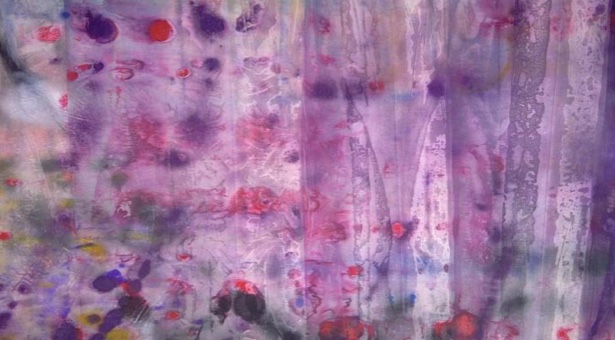
Sam Gilliam, created his purple-tinted composition, on April 4, 1969. The work remains true to Gilliam’s abstract style free from form and figure, focusing entirely on diluted paints and acrylics.
Gilliam had a tragic event in mind when creating this work which is referred to as civil rights artwork. The title, April 4, is the very day when Martin Luther King Jr. was killed. The artist tapped into the nuances of emotion experienced by many black Americans throughout the United States during the civil rights era.
Faith Ringgold, American People #20 Die, 1968

The civil rights artwork is one of Faith Ringgold’s earliest paintings. The artist is known for her images that reflect the systemic problems faced by black Americans.
This civil rights painting is dedicated to the long hot summer of 1967, a period that refers to 159 cases of police brutality that took place in the United States against black Americans. Here, depicts a violent riot, rendering murdered bodies, and facial expressions of fear, while referencing Picasso’s Guernica.
Elizabeth Catlett, Homage to My Young Black Sisters, 1968

Homage to My Young Black Sisters by Elizabeth Catlett is emblematic of the civil rights movement. The wooden sculpture depicts a bold and dynamic female figure, rendered in abstract simplicity. In this civil rights artwork, Catlett created an upward dynamic as the sculpted woman raised her right hand, clenching her fist proudly, a symbol of black power and supremacy in the civil rights era.
Jacob Lawrence, Soldiers and Students, 1962
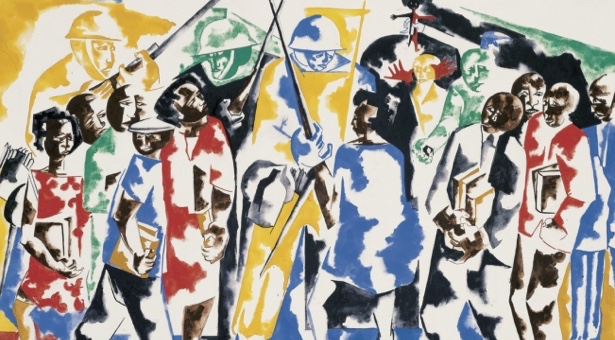
World-famous artist Jacob Lawrence painted scenes from the everyday life of black Americans. In his civil rights painting, Soldiers and Students, Lawrence captured the fear and outrage that many people experienced during the desegregation of schools in the United States during the civil rights era.
It is believed that Lawrence was inspired by the Little Rock 9, a group of Black American students who desegregated Central High School in 1957.
Norman Lewis, Evening Rendezvous, 1962
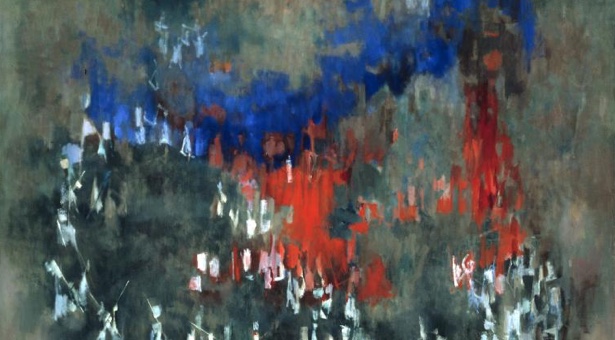
In addition to the horrifying Jim Crow law that had held the United States back for decades, black Americans feared a rise in attacks orchestrated by white supremacist groups. In his semi-abstract civil rights painting, Norman Lewis depicts swirls of red and blue surrounded by small white figures.
The presence of white is a nod to the white hoods, the sinister symbol of the Ku Klux Klan. In Evening Rendezvous, the civil rights painting and its title refer to the Clan’s frequent nighttime meetings.
Charles Henry Alston, Walking, 1958
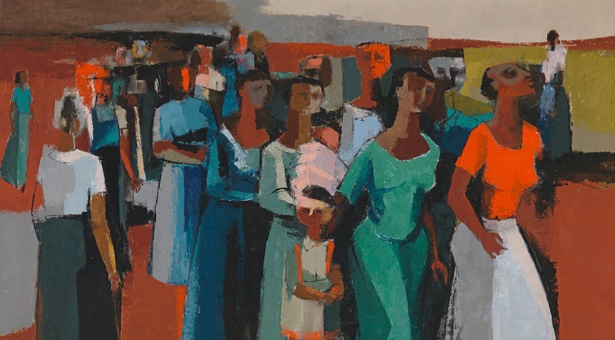
From 1955 to 1956, black Americans in Montgomery, Alabama boycotted the bus in protest of the city’s racially segregated public transportation laws. Influenced by this moment in history, the artist Charles Henry Alston created his civil rights painting Walking in 1958. The painting celebrates and remembers their tremendous efforts and electrifying spirit.
David C. Driskell, Behold thy Son, 1956
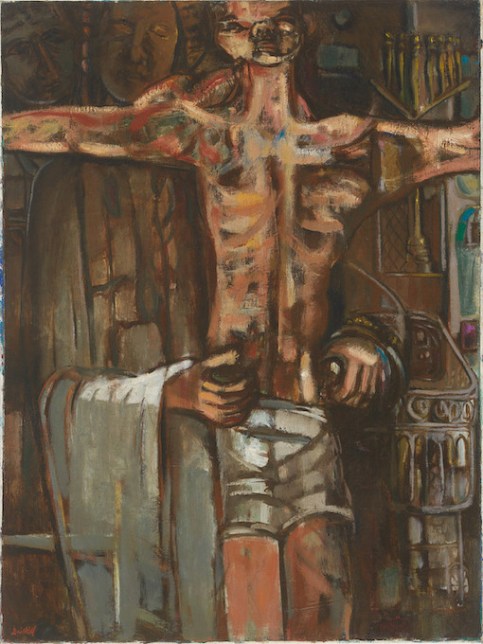
Artist David C. Driskell relocated to the South at the end of the 1950s shortly after the lynching of 14-year-old Emmett Till. This sparked feelings of anger and rage in the black American community. Many say it was this moment that prepared black Americans to fight for equal rights in the civil rights era.
Driskell felt a certain responsibility to use his work as a vehicle to tell the horrific murder that had just happened. His civil rights painting is rooted in religious iconography, paying homage to the crucifixion of Christ and the Pieta. However, the central figure is no longer Christ but rather a young Emmet Till.
While these are just 10 powerful civil rights artworks rooted in history, there are many more worth discovering and appreciating.
kontraindikationer och biverkningar på denna sida. Det är också viktigt att förstå att en erektion inte uppstår bara på grund av att man tar ett piller. Det är en komplex mekanism som kräver sexuell stimulering.
























